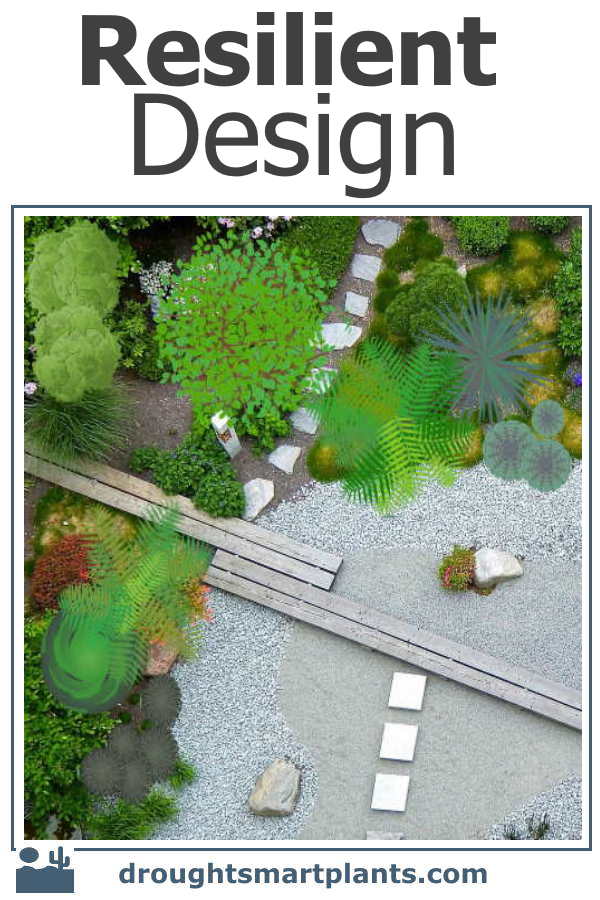Plan Early, Reap The Rewards For Years To Come
It’s only been obvious in hindsight how I designed my gardens with resilience and low maintenance, but that only became apparent after years of neglect.

As a horticulturist, the plants are all. But planning a garden relies on hardscaping as the backbone.
This could be rock walls outlining a bed or terrace, a gazebo for vines to entangle, or anything else that forms the basis. Only after that portion of the design is put in place do the plants go in.
In the years since my diagnosis of MS (Multiple Sclerosis), I didn’t have the ‘jam’ to do much gardening.
For the past two years, or even longer, all I could manage were a few pots and containers, and a hanging basket or two; thank heaven for my faithful guy, who gathers a selection of bedding plants from the garden center, does all the watering, and looks after the deadheading.
The other day I actually had enough energy to go and check out a few places in the huge garden area, and I was pleasantly surprised at how well things are growing, and how healthy and happy the plants are, even though they received no care.
This made me think about how resilient these plants are (mostly Sedum and Sempervivum but also other cottage garden perennials), tough enough to withstand neglect, surviving all on their own, and re-emerging from winter with vim and vigor.
Of course, at the time, I had no idea that my beloved gardens would have to face such an uncertain future, without the care of the gardener.
In the intervening years, trees were cut down and shaded them, pine needles covered them, and they got no water or pruning.
The only contact I’ve had with my gardens has been through videos that HH will send me or photos. So it was a total surprise to stagger out and see with my own eyes what was really going on.
Imagine my pleased surprise to see the Sedum plants on the modular green roof, flourishing.
The Sempervivum that was planted in flats shows their gorgeous deep spring colors, even in the one-a-half inches of soil.
You don’t have to be threatened with a chronic illness to make your designs resilient, you can do it just to minimize stress and wear on the joints and muscles, or to take the dread out of the wedding and constant battle of decision-making every year.
So, when planning your design, think about how it will look and behave many years from now, in case you no longer feel like putting in hours and hours of work. Then you’ll still be able to enjoy it.

